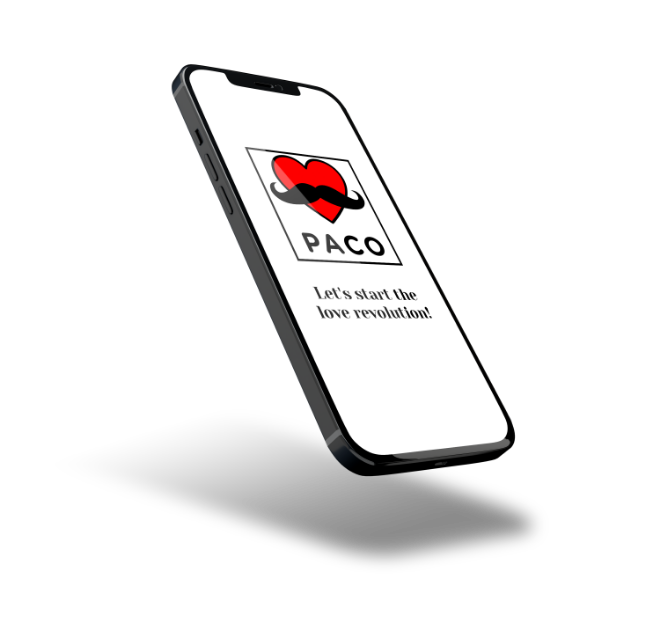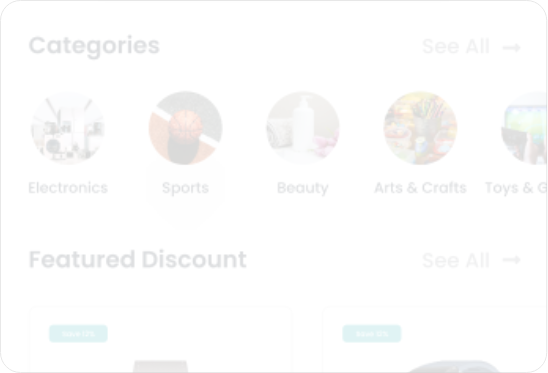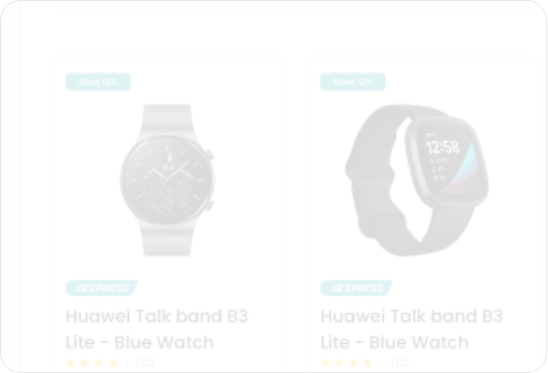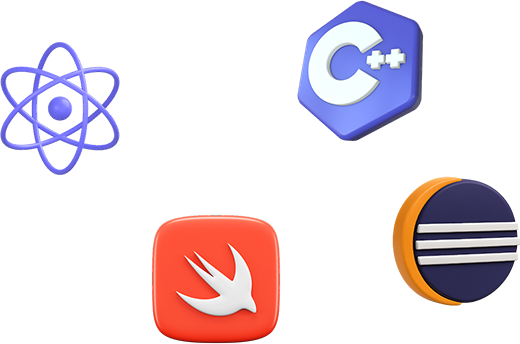

Unlike mainstream dating apps, PAKO is specifically designed to celebrate and support polyamorous relationships, offering features that cater to their unique needs.
Users can create shared profiles with their partners, making it easier to navigate dating as a team while maintaining individual or collective preferences.
With robust safety measures like profile verification, reporting tools, and privacy controls, PAKO ensures a respectful, judgment-free space for its users.
PAKO is a dating app built for the polyamorous community, supporting shared profiles, safe connections, and inclusive relationships.

Advanced search filters filter by location, interests, gender identity, and relationship dynamics, while compatibility matching uses AI for suggestions. Explore mode allows browsing nearby individuals or groups.

In-App messaging allows private communication between users or groups, while group chats enable group conversations with partners or matched users, and secure audio/video calls are available within the app.

Users can express interest by liking or following profiles, request connections with individuals or couples, and receive updates on their activities and posts.

The tool offers tools to block or report inappropriate users, profile verification for trust and authenticity, and safety resources for safely navigating polyamorous relationships.
The steps taken from the preliminary development considerations to the final release of the app.

A brief overview of the target audience, their needs, and how the product is tailored to solve their specific problems or improve their daily experience.
An outline of the strategic and technical decisions made during development—platform selection, architecture, tools, and methodologies that shaped the foundation of the app.
A deep dive into the visual and user experience design—color schemes, branding, UI components, and how the design was crafted to be intuitive, engaging, and aligned with user behavior.
Details on how complexity was reduced in both user flows and functionality—ensuring ease of use, smooth navigation, and minimal learning curve across all user types.
Insights into the testing phase—how the app was tested with users, what feedback was collected, how bugs were resolved, and how usability improvements were made based on real user input.
An explanation of the systems or features used to monitor app performance, user behavior, and data insights post-launch—helping stakeholders track success and usage trends.
Describes the delivery process—how documentation, admin tools, or training were provided to clients or stakeholders, ensuring a smooth transition and operational readiness.
A section dedicated to the app’s future roadmap—plans for updates, new features, continuous feedback loops, and the long-term vision for evolving the platform.
Showcases the app’s unique selling points and differentiators—what makes it memorable, competitive, and valuable in its industry or market.
1
Who’s It For2
Choosing How to Build3
Designing the Look4
Making it Simple5
Testing & Feedback6
Keeping Track7
Handing Over8
Always Improving9
Helping It Stand OutPartner with CMOLDs and turn your app idea into reality with expert app developers and designers on deck!